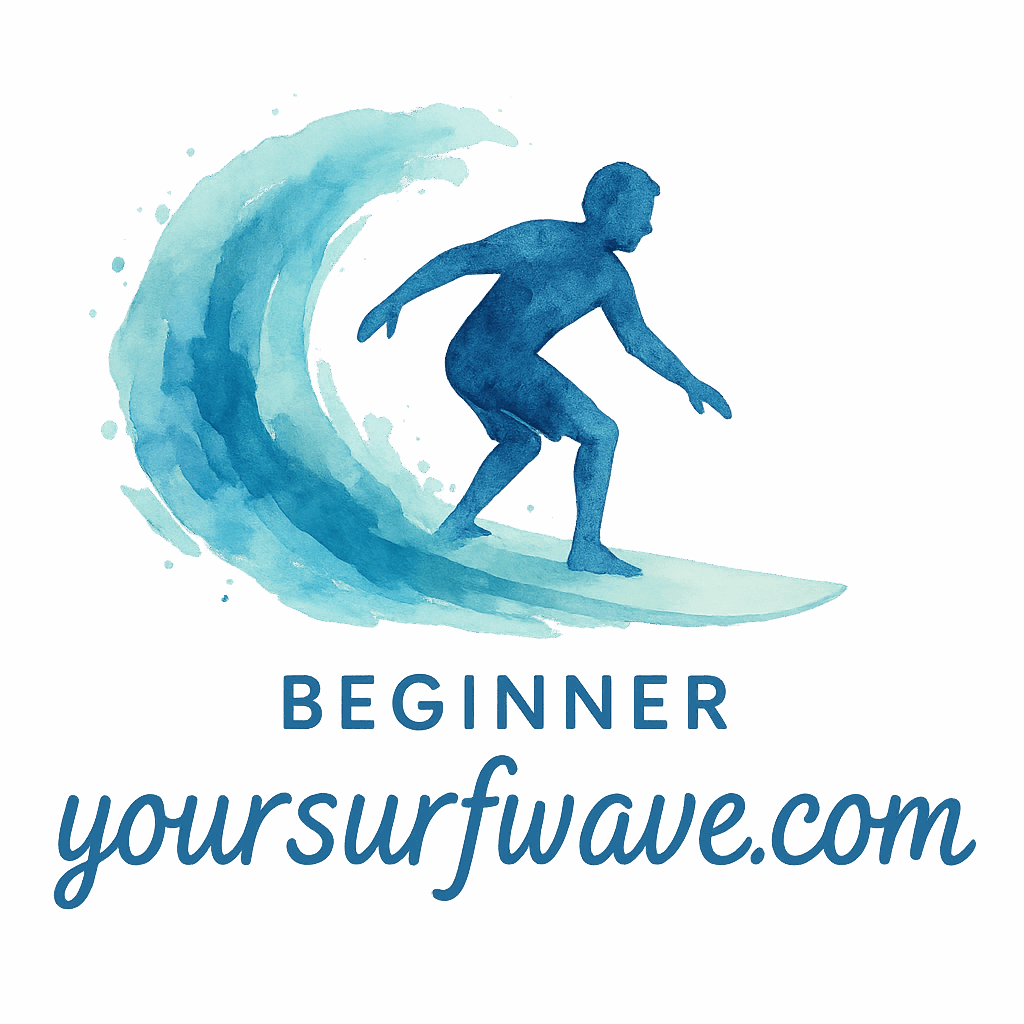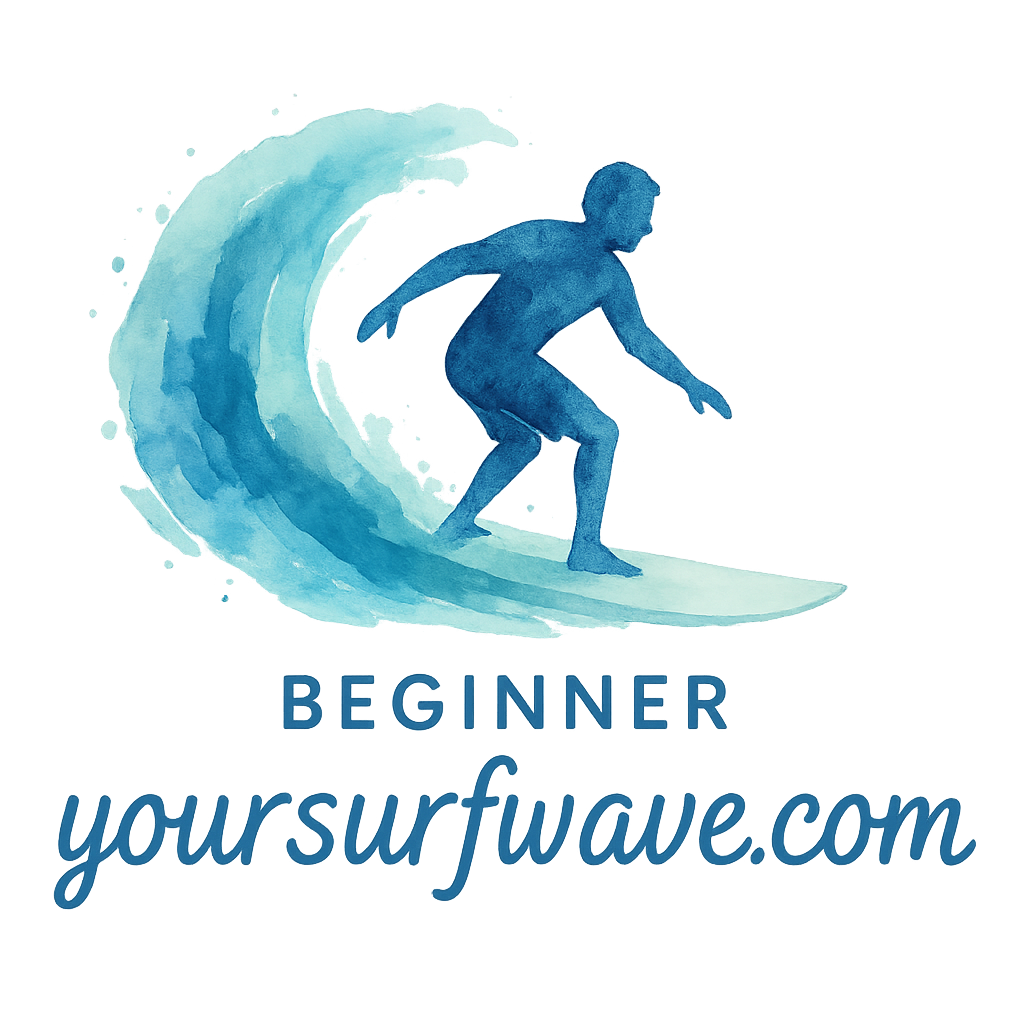Picking your first surfboard can feel like dating in the dark. There are so many options, sizes, shapes, and styles—how do you even begin? Don’t worry, we’ve got your back. Let’s break it down into eight must-know things to look for when choosing a beginner surfboard that’ll have you riding waves (not wiping out) in no time.
And hey—if you’re looking for more tips on surfing basics, check out Your Surf Wave’s beginner section and surf gear reviews.
Why Your First Surfboard Matters
Your first surfboard is like your first car—it teaches you, shapes your habits, and builds your confidence. Choosing the wrong one can make surfing feel frustrating and impossible. The right board? It turns those salty struggles into joyful progress.
Let’s jump into what you really need to look for.
1. Length – Go Long or Go Home
Why Longer Boards Are Better for Beginners
Longboards (we’re talking 8 to 9 feet) are beginner-friendly because they’re more stable, easier to paddle, and catch waves more smoothly.
Think of them as training wheels for the ocean.
Recommended Size Range for New Surfers
For most adults, aim for a board at least 8 feet long. Kids or smaller adults can try something around 7 feet, but don’t go too short too fast.
See some top options in our beginner surfboard reviews.
2. Volume – Float Is Your Friend
Understanding Surfboard Volume
Volume = buoyancy. It’s a calculation of length × width × thickness, usually measured in liters. More volume means more float.
Why More Volume = More Stability
Beginner surfboards should have a high volume—around 60–80 liters depending on your size. This helps you stay on top of the water and gives you more forgiveness when you shift your weight.
Float more, flail less.
3. Width – Wider Means Easier
Balance and Paddle Power
A wider surfboard (around 22–24 inches) offers more surface area, which equals better balance when standing up and easier paddling when chasing waves.
Ideal Width Specs for Starters
Shoot for at least 22 inches wide. This will make a massive difference in how quickly you feel comfortable in the lineup.
Read more on board basics in our surf basics tag.

4. Shape – Choose a Friendly Outline
The Magic of the Soft Top
Soft top surfboards have rounded noses and lots of width through the middle. They’re perfect for beginners because they’re more stable, safer, and just easier overall.
Want to learn more? We cover surfing therapy benefits for mental wellness, too!
Rounded Noses and Wide Tails Explained
These shapes give you more surface area to plant your feet and more forgiveness when turning or shifting weight.
5. Fins – Setup for Stability
Thruster vs. Single Fin vs. Twin Fin
- Thruster (3 fins): Most popular for beginners.
- Single fin: Classic, but not very stable.
- Twin fin: Great for small waves but tricky to control.
Which Fin Setup Is Best for Beginners?
Go for a thruster setup—it offers balance, maneuverability, and control. Some beginner boards even have removable fins so you can experiment.
Explore surf gear reviews for more on fin configurations.
6. Material – Soft Top vs. Hard Top
Pros and Cons of Foam Boards
Soft tops are basically big, floating marshmallows. They don’t hurt as much if they hit you (or someone else), they’re super stable, and they last.
Perfect for learning the ropes.
When to Upgrade from Foam
Once you’re consistently catching waves and starting to carve or turn, you might want to try a hard-top or epoxy board for more performance.
Until then? Foam’s your best friend. Learn to surf smarter, not harder.
7. Durability – Built to Last
Surfboards That Can Take a Beating
Let’s be real—you’re going to drop it, hit it on rocks, maybe sit on it wrong. Beginner boards need to be tanks.
Features That Increase Lifespan
- Foam construction
- Reinforced rails
- Hard plastic slick bottoms
- Waterproof cores
Check our guide to surf fitness to keep your body as durable as your board.
8. Price – Don’t Break the Bank
Finding Value Without Sacrificing Quality
You don’t need a $1,000 custom board. Plenty of great beginner surfboards are under $500 and will last for years.
Brands That Offer Great Entry-Level Boards
- Wavestorm
- South Bay Board Co.
- Catch Surf
- CBC (California Board Company)
Explore budget-friendly gear picks and check out the beginner surf USA tag for location-based deals.
Bonus Tips for Buying Your First Surfboard
Where to Shop: Local vs. Online
Local surf shops offer expert advice and fitting, while online retailers might give you better prices. Either way, do your homework!
Watch Out for These Common Beginner Mistakes
- Buying too short of a board too soon
- Ignoring volume specs
- Choosing based on color instead of performance
- Not asking for help (ask your local shop!)
Conclusion
Getting the right beginner surfboard is like setting the foundation for your entire surfing journey. Focus on length, volume, width, soft materials, and durability—and don’t overthink it! Stick to what works for new surfers, and you’ll find your groove faster than you think.
Ready to take the plunge? Your Surf Wave has all the guides, tips, and gear reviews you need to start strong and surf smart.
FAQs
1. What’s the best size surfboard for a beginner?
Generally, 8–9 feet long with a wide, soft top. Go big for better balance and wave-catching power.
2. Are foam surfboards good for beginners?
Absolutely! Foam boards are safe, stable, and forgiving—everything a beginner needs.
3. How do I know if a surfboard has enough volume?
Check the liters. Most beginners need 60–80 liters based on their weight.
4. Can I learn to surf on a shortboard?
Technically, yes. Realistically? It’s way harder. Start with a longboard.
5. Should I buy used or new for my first board?
Used can be great if it’s in good shape, but new boards often come with warranties and better materials.
6. How long should I use a beginner board before upgrading?
Usually 6–12 months of consistent surfing. Upgrade when you’re comfortable catching waves and starting to turn.
7. What else do I need besides a beginner surfboard?
You’ll want a leash, surf wax, a wetsuit (depending on location), and maybe a roof rack. Browse our full surf gear guide.


